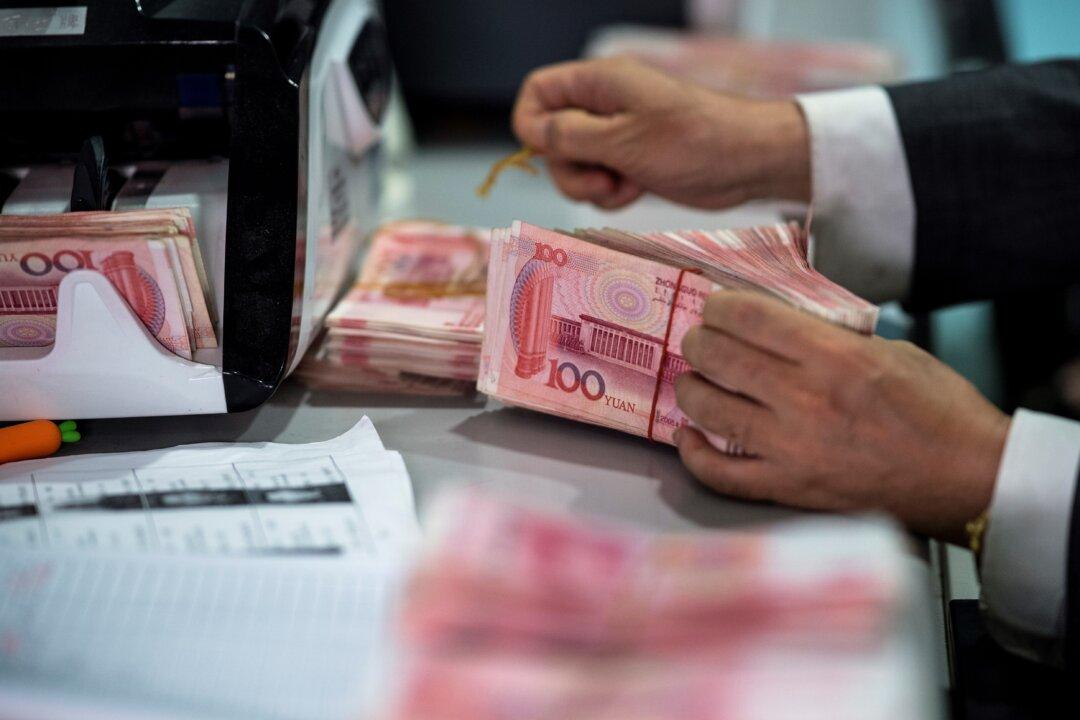News Analysis
A crisis of confidence has gripped China’s regional lenders, as Beijing moved to nationalize its third major financial institution since May.

A crisis of confidence has gripped China’s regional lenders, as Beijing moved to nationalize its third major financial institution since May.